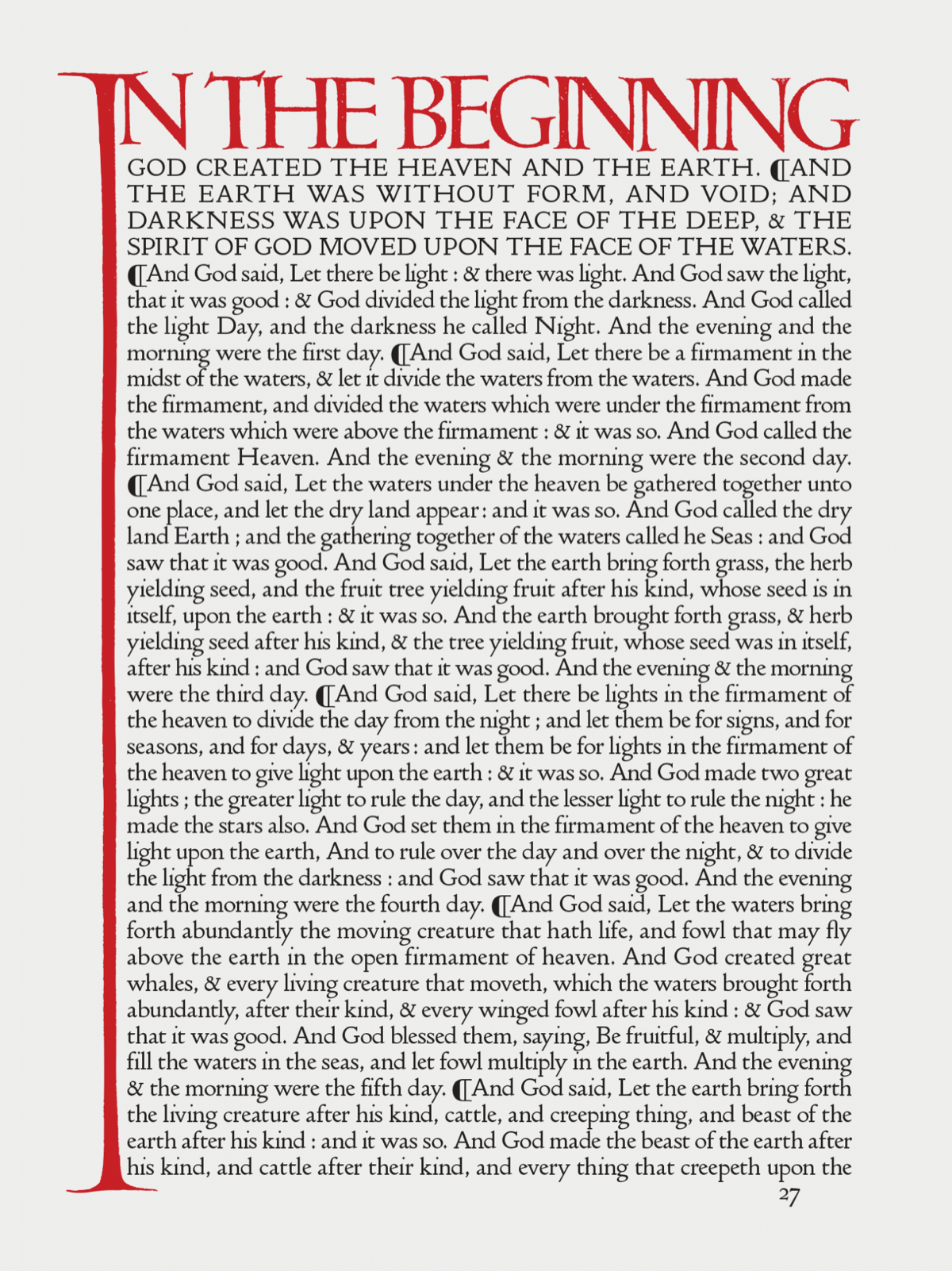The initial creation, usage, then destruction, rediscovery, and in the end, digital recreation really creates an interesting, newsworthy story around an old typeface, the now so called "Doves Type".
In 1900, T. J. Cobden Sanderson, in partnership with process engraver and photographer Emery Walker, founded the Doves Press in Hammersmith, London. Both men were rather different in their mentality, but what made them work together was the common idea to bring back the old, elegant, "almost too sensual" typefaces of the Venetian era. Therefore, the Doves Press was aiming for a break with the current fashion for decorative and rather bold facsimiles of the Arts and Crafts style. Cobden Sanderson wanted a type for today that was lean, elegant, and subdued. And he needed his partner, Walker, to bring his vision to life.
The short era of the Doves Press was a huge success. Some of the finest books ever produced in England are from the years 1900 until 1909 when the partnership was finally dissolved. Within that short period of time the Doves Press influenced book design all over Europe including the famous Bauhaus movement and in the United States.
 Source: https://typespec.co.uk
Source: https://typespec.co.uk
But some interesting tidbits of the story are yet untold. Both men, Cobden Sanderson and Walker, settled an agreement that even after the formal end of the Doves Press, they would share the type. Cobden Sanderson was allowed to retain its exclusive use to continue printing Doves Press publications until his death. After that, the complete ownership would then pass to Walker.
But as history tells us, Cobden Sanderson couldn't live with that agreement. He didn't want Walker to get access to the typeface and print everything he could think of. So at the age of 72, Cobden Sanderson started taking all the heavy metal printing parts of Doves Roman, carrying them to the near Hammersmith Bridge and throwing all the remaining punches and matrices into the River Thames. This process must have taken several months or even years as he did it all by his bare hands. Altogether, the old man must have moved tons of metal in the end, all buried in the waters of the river now.
But luckily, the story still doesn't end here. In 2010, Robert Green started a restoration project and took great effort into recovering and optimizing the old Doves Roman typeface. In November 2014, a diving team directed by Green recovered 151 metal sorts from the Thames. Using these old metal sorts while also examining closely old books printed by the Doves Press back in the day, Green was able to release a first digital version of the typeface in 2013, now simply called "Doves Type". Several iterations of Doves Type came out since then, further optimizing the old typeface for the modern age. Robert Green also created a new even simpler version of the typeface specifically for larger type in headings and titles.
Both versions, "Doves Text" as well as "Doves Headline," can be downloaded and licensed here.
There's also a wonderful podcast version of this story by Tim Harford which can be found here.